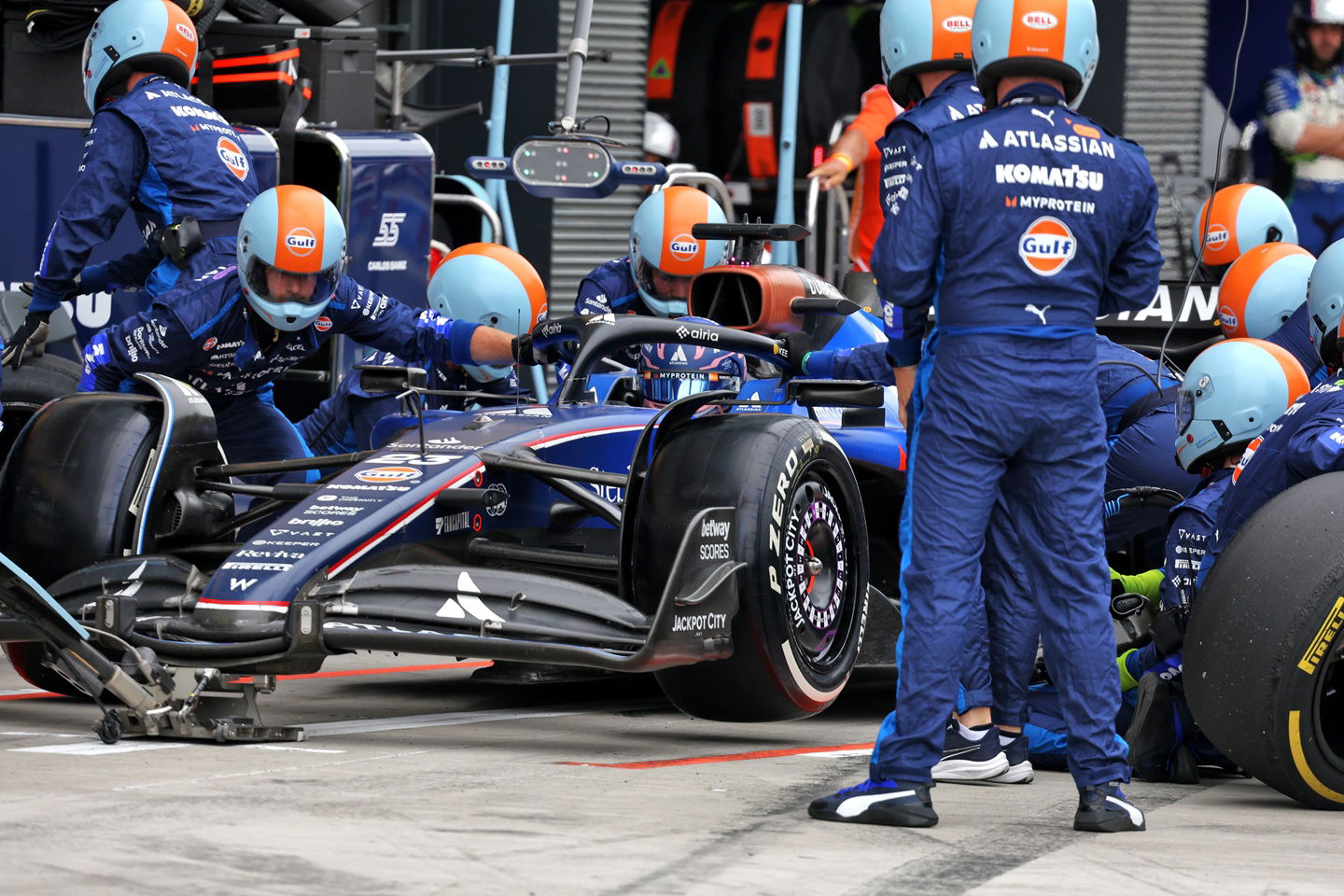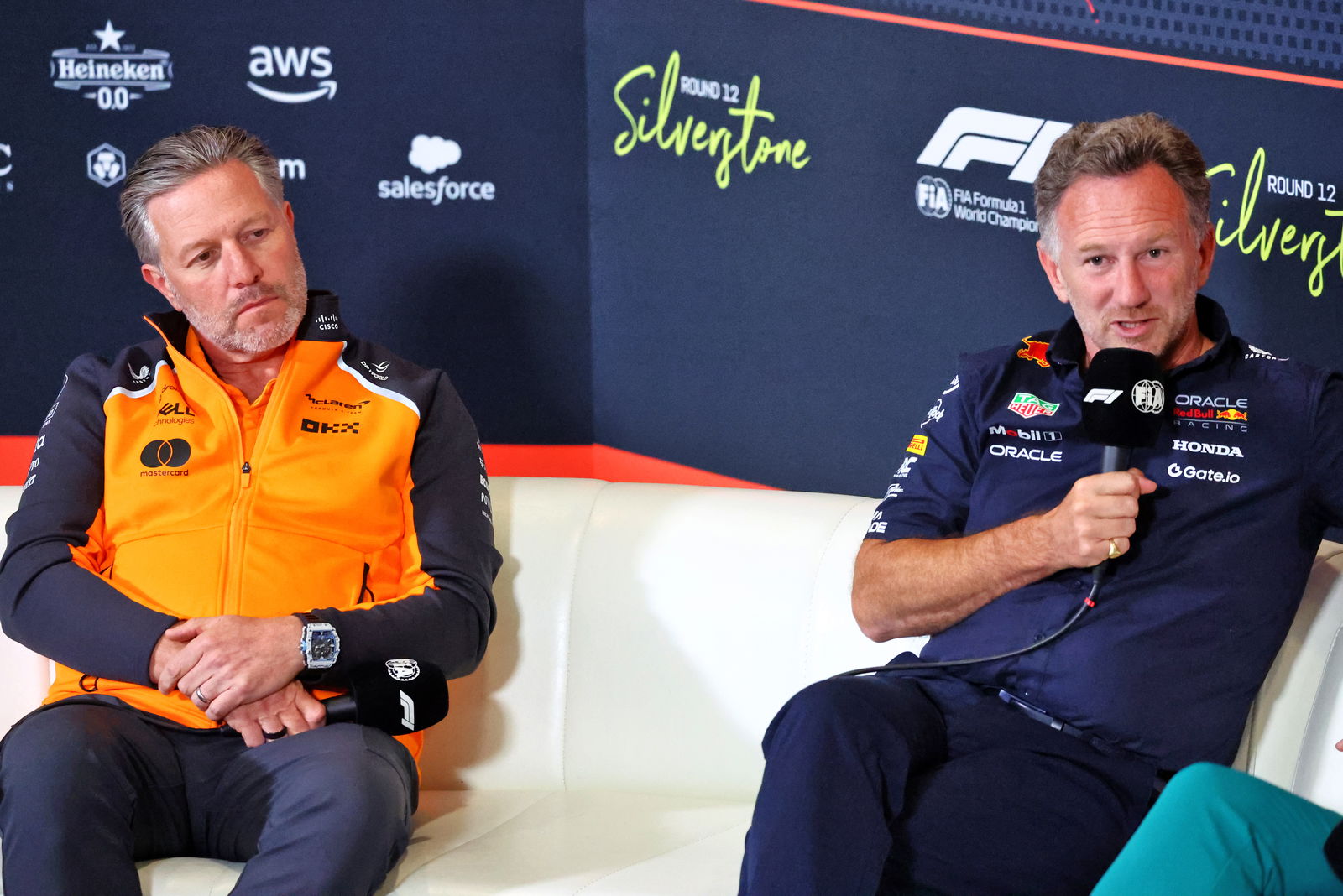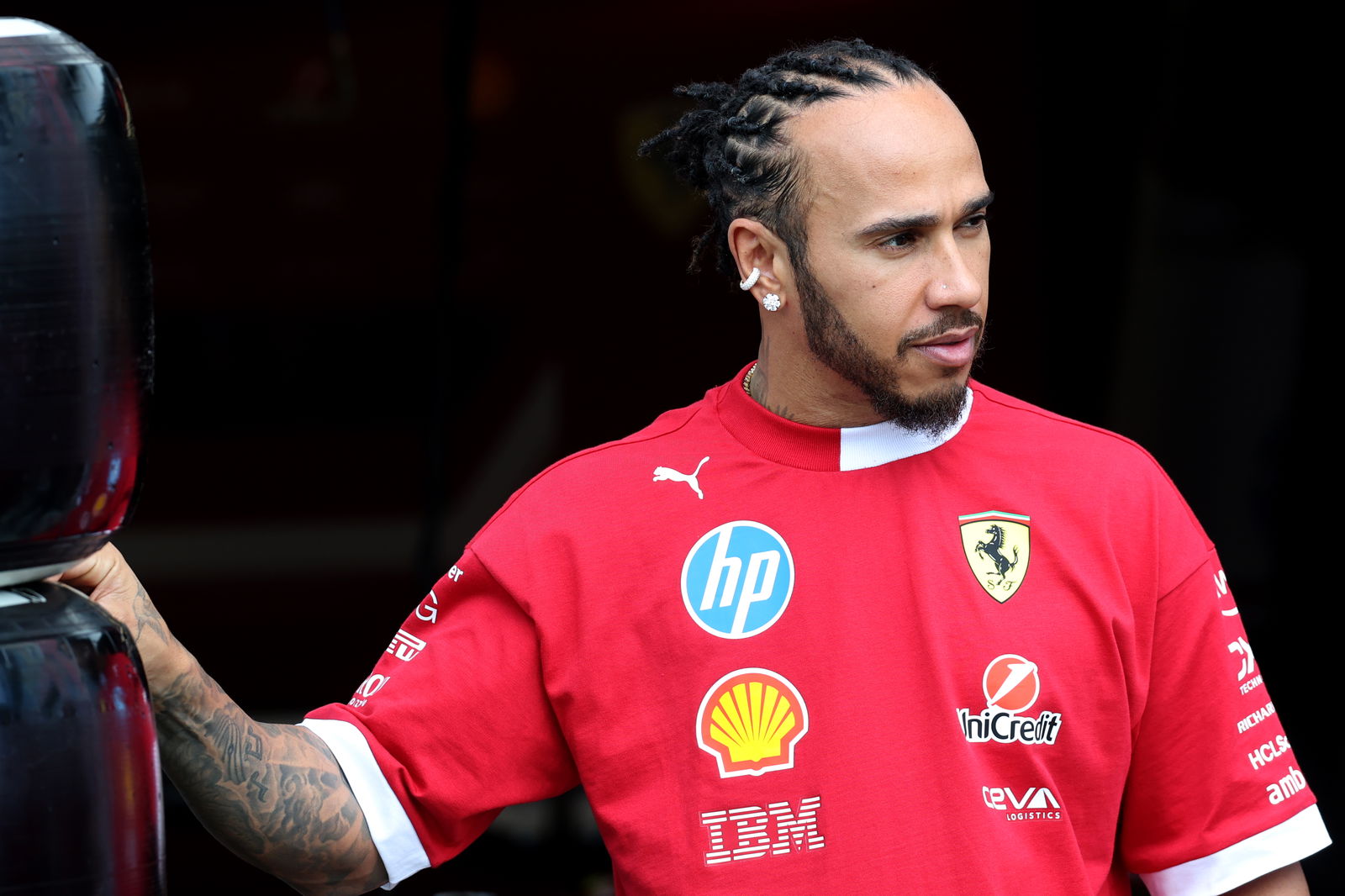Williams’ Hungary woes explained: Inside worst grand prix of 2025
While midfield rivals Aston Martin and Sauber scored big points in Hungary, Williams endured a bruising weekend that exposed the limitations of its FW47.

Williams’ non-score in last weekend’s Hungarian Grand Prix marked a continuation of the team’s struggles at the high-downforce Hungaroring.
On a weekend where Red Bull was unusually off the pace, creating opportunities for teams like Aston Martin and Sauber to score a big haul of points, Williams was reduced to an also-ran, with both Carlos Sainz and Alex Albon struggling for pace all weekend.
Neither driver could finish on the lead lap, with Sainz taking the chequered flag in 14th and Albon ending up just behind him in 15th place.
This wasn't the first time Williams returned from a weekend empty-handed in 2025. In Bahrain, Albon lost time in the pits after Williams had to double stack its cars during a caution, while Sainz retired with crash damage. An incident with Liam Lawson cost Albon in Spain, while Sainz struggled. A double mechanical-induced retirement followed in Austria. However, Hungary marked Williams' least competitive showing of 2025.
Williams’ plight at the Hungaroring was clear from qualifying when team stalwart Albon ended up dead last in Q1, finishing more than a second slower than the pacesetting McLaren. Sainz fared slightly better in the other FW39, but he too couldn’t make it into the final segment qualifying, eventually ending up 13th on the grid.
Sainz went through a whole host of set-up changes in practice to find the right balance, but was ultimately forced to revert to an older specification. Both he and Albon completed three different runs in Q1 to validate the changes, but ultimately the extensive work didn’t yield the desired results.
“I tried three or four different set-ups for the weekend to try and find an extra around tracks like this,” he told the media including Crash.net.
“I ended up reverting to the car that gave me a very competitive qualifying in Miami, Imola and at the beginning of the season when I was very strong in quali.
“It gave me a very strong quali yesterday for the car that we have this weekend. The problem is I think we've got a bit outdeveloped and a bit into a track where it's very difficult for us.
Hungaroring has historically been a tough track for Williams. While it does have seven wins at the 4.3km track, second only to McLaren, it hasn’t won there since 1997.
The last time Williams scored a point at the Hungaroring was in 2021, prior to the introduction of the current ground-effect cars. On that occasion, Nicholas Latifi and George Russell finished seventh and eighth respectively after a number of lead contenders, including Charles Leclerc, Lando Norris and Sergio Perez, were eliminated on the opening lap.
While Williams has made massive strides with its F1 car in 2025 to grab fifth place in the championship, the Hungarian round exposed some long-running weaknesses that are yet to be fixed by the team.
So while the car is generally quick on a large number of tracks, it still struggles at high-downforce circuits like Barcelona and Hungaroring.
"A difficult weekend," team principal James Vowles said. "We need to make sure that we learn and understand why we can be strong on one circuit and poor in others.
"It's a pattern that's been consistent over years, but we need to break out of it in order for us to be able to move up the grid.”
Why Williams struggled in Hungary

Sainz shed more light on the FW47’s shortcomings, explaining that a “philosophical change” in its design would be needed to transform it into a true all-rounder.
“We have relatively poor aero characteristics in long corners where you need to hold the downforce from entry to mid corner,” he explained.
“We struggle with these kinds of tracks. It's been a trend for a very long time. That's why long straights and sharp short corners are good for the team.
“But the moment we get into long combined corners of Barcelona, Hungary, Qatar, the car really struggles.
“It needs a very big philosophy change and design philosophy change for the future. We're trying to understand where and what to change to make sure that next year's car is a bit more of an all-rounder and gives us a better platform to work in all tracks.”
Sainz’s previous stint with Ferrari was useful in helping Williams understand why its car wasn’t quick around the Hungaroring.
While neither of the Williams made it into Q3, Sainz’s former teammate Charles Leclerc scored Ferrari’s first pole of the year in Hungary, beating McLaren duo Oscar Piastri and Lando Norris to the top spot.
“We had quite a long debrief after qualifying because obviously I'm coming from the team that was on pole, going back to a team that was P13 with me,” he said.
“I will give them very strong feedback on why this car is lagging around a track like this.
“Obviously for this year we aren't gonna do anything, but for the future, hopefully it's a very big learning curve for the team to know how we need to develop the Formula 1 car to be successful and competitive also in tracks like that.”
Williams has already shut off the development of its current F1 car to divert all attention to the 2026 rules overhaul in its quest to become a championship contender again.
This means that the Grove-based squad that the Grove-based squad is not in a position to overcome the shortcomings of its 2025 F1 car, and may have to bear more pain at similar tracks later in the year.
“The problem is we are stuck in the middle of a year where we cannot actually develop a car that has clear weaknesses - some very good strengths, but also some very good weaknesses.
“It's not like we can exploit the feedback of the two drivers and the intentions that we have to develop this car for what we need because we are not putting it in the wind tunnel to develop.
“That's where next year is going to be a lot more challenging for the team and for ourselves to see if we can actually improve the main weaknesses of this car that is very clear on tracks like this.”
With just 16 points in the last five races, Williams’ grip on fifth place in the championship is starting to slip. Aston Martin now sits just 18 points behind in sixth, with a resurgent Sauber team another point adrift in seventh.


